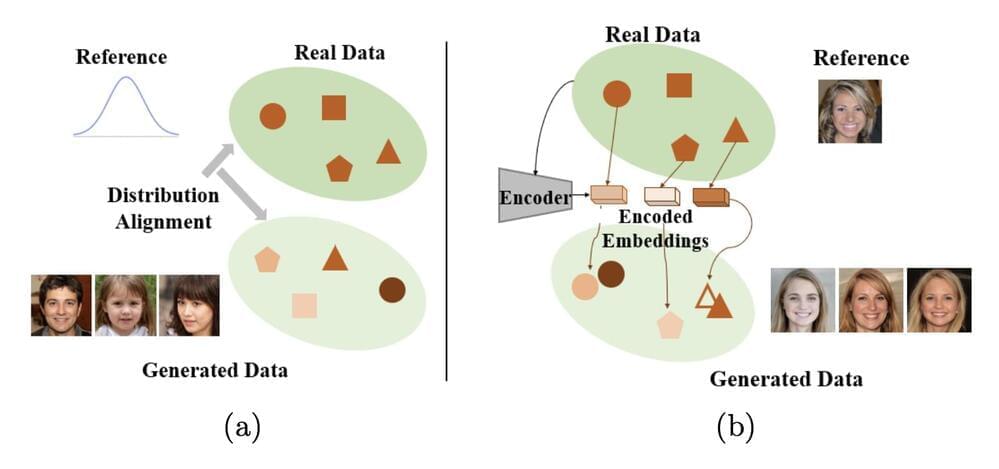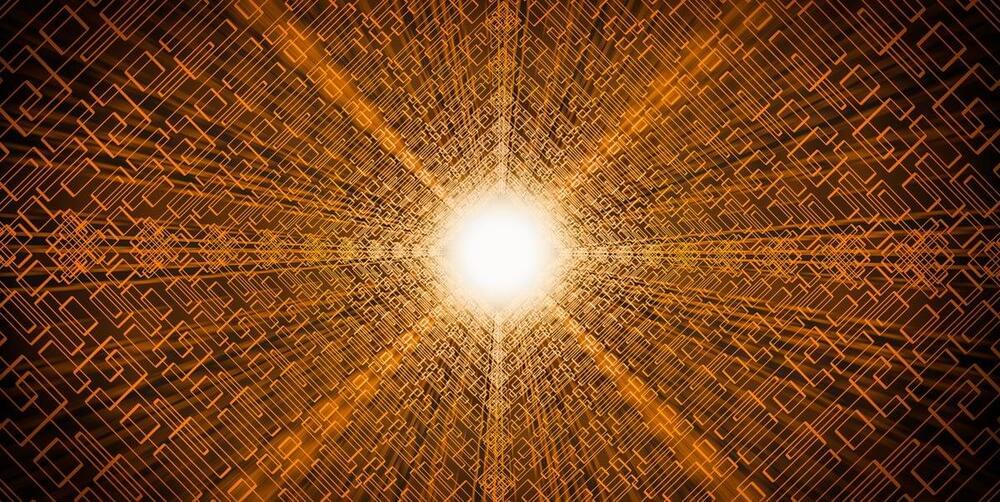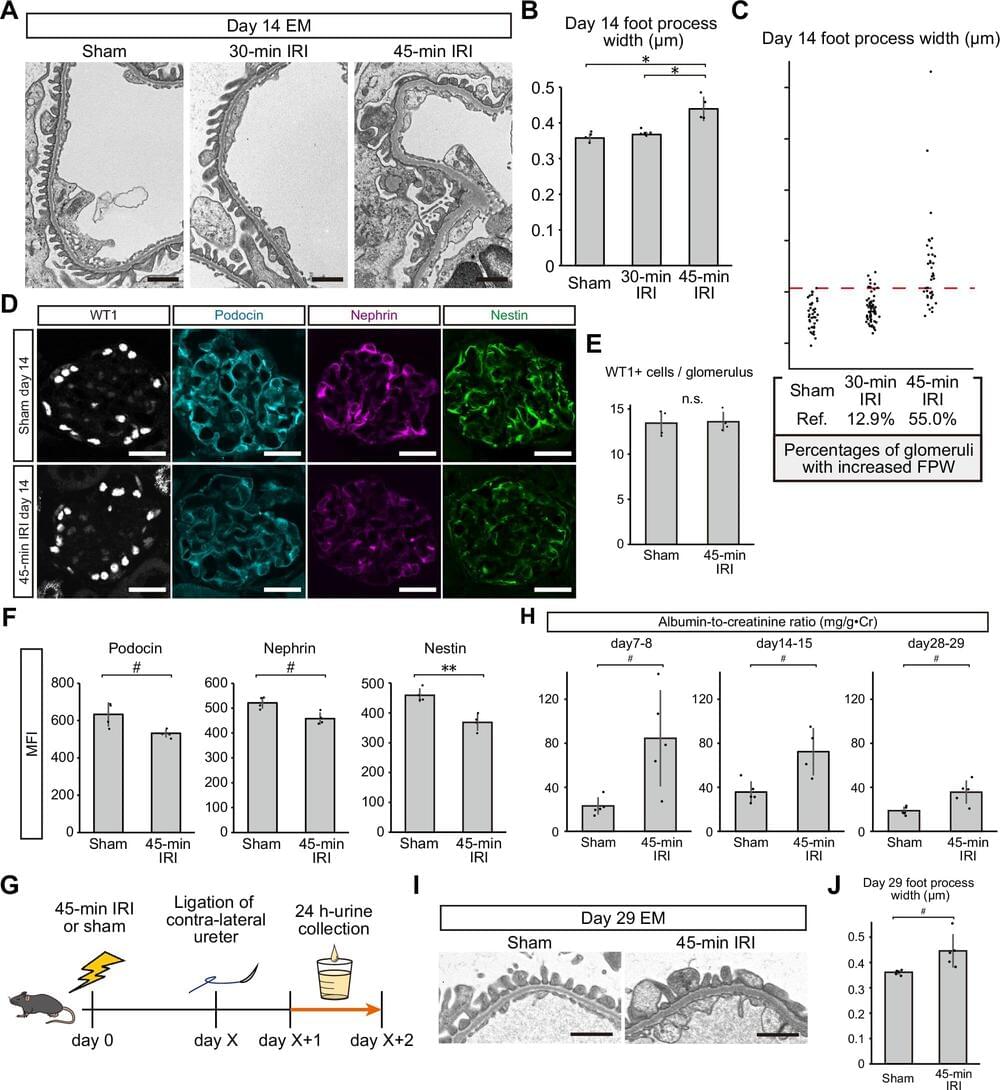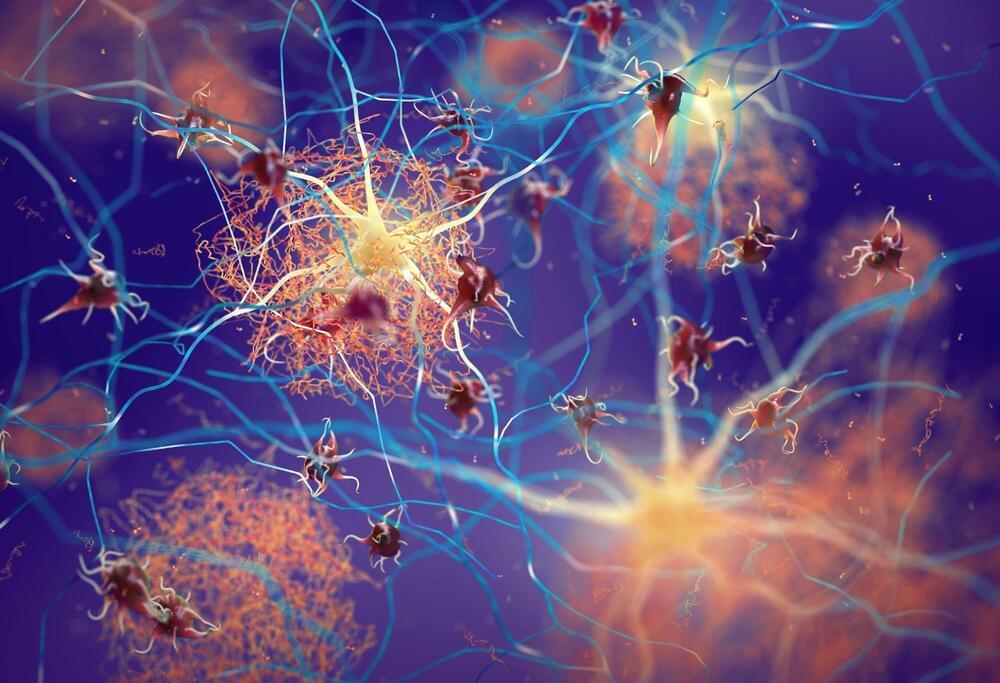Page 269
Dec 4, 2024
Novel framework can generate images more aligned with user expectations
Posted by Shubham Ghosh Roy in categories: information science, robotics/AI
Generative models, artificial neural networks that can generate images or texts, have become increasingly advanced in recent years. These models can also be advantageous for creating annotated images to train algorithms for computer vision, which are designed to classify images or objects contained within them.
While many generative models, particularly generative adversarial networks (GANs), can produce synthetic images that resemble those captured by cameras, reliably controlling the content of the images they produce has proved challenging. In many cases, the images generated by GANs do not meet the exact requirements of users, which limits their use for various applications.
Researchers at Seoul National University of Science and Technology recently introduced a new image generation framework designed to incorporate the content users would like generated images to contain. This framework, introduced in a paper published on the arXiv preprint server, allows users to exert greater control over the image generation process, producing images that are more aligned with the ones they were envisioning.
Dec 4, 2024
Scientists Turned a Quantum Computer Into a Time Crystal
Posted by Shubham Ghosh Roy in categories: computing, particle physics, quantum physics
This study focuses on topological time crystals, which sort of take this idea and make it a bit more complex (not that it wasn’t already). A topological time crystal’s behavior is determined by overall structure, rather than just a single atom or interaction. As ZME Science describes, if normal time crystals are a strand in a spider’s web, a topological time crystal is the entire web, and even the change of a single thread can affect the whole web. This “network” of connection is a feature, not a flaw, as it makes the topological crystal more resilient to disturbances—something quantum computers could definitely put to use.
In this experiment, scientists essentially embedded this behavior into a quantum computer, creating fidelities that exceeded previous quantum experiments. And although this all occurred in a prethermal regime, according to ZME Science, it’s still a big step forward towards potentially creating a more stable quantum computer capable of finally unlocking that future that always feels a decade from our grasp.
Dec 4, 2024
DeepMind’s AlphaProteo: The Future of Biotech is Here
Posted by Genevieve Klien in categories: biotech/medical, robotics/AI
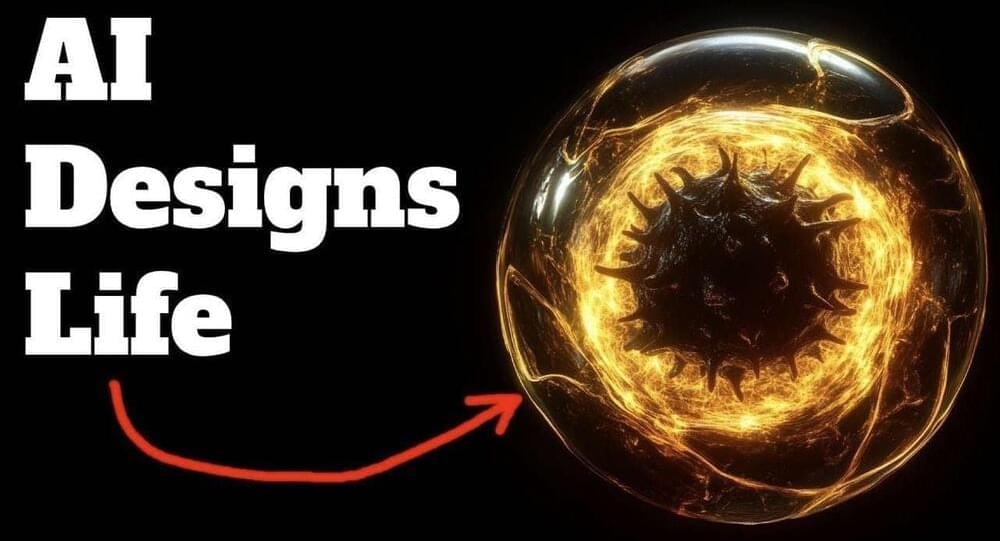
Learn how AlphaProteo is transforming healthcare, drug development, and environmental sustainability with AI-designed custom proteins.
Dec 4, 2024
Hackers claim major breakthrough in Windows and Office license fraud
Posted by Genevieve Klien in categories: computing, innovation

Massgrave, a piracy group developing activation scripts for Microsoft products, claims to have discovered a new method to permanently activate “almost any version of Windows and Office.”
This group is behind the MAS (Microsoft Activation Scripts) project, which develops piracy tools to activate various versions of Microsoft Windows operating systems and Office products. Unauthorized software license manipulation is illegal in most jurisdictions.
Continue reading “Hackers claim major breakthrough in Windows and Office license fraud” »
Dec 4, 2024
Amazon Announces Supercomputer, New Server Powered by Homegrown AI Chips
Posted by Bruce Burke in categories: robotics/AI, supercomputing
AWS’ megacluster of chips for AI startup Anthropic will be among the world’s largest, it said, and its new giant server will lower the cost of AI as it seeks to build an alternative to Nvidia.
Dec 4, 2024
ATP dynamics of specialized cells yield new insights into acute kidney injury
Posted by Shubham Ghosh Roy in category: biotech/medical
Acute kidney injury (AKI) often occurs as a result of ischemia, which is a condition in which blood flow to part of the body is restricted, depriving tissues of oxygen and nutrients. This damage is commonly followed by reperfusion (that is, the restoration of blood flow), but this process can sometimes exacerbate injury through oxidative stress and inflammation. This is called ischemia-reperfusion injury.
AKI remains a significant clinical challenge with limited treatment options and poor outcomes. Recent studies suggest that proteinuria, where protein leaks into the urine, is a common feature and associated with poor long-term renal prognosis after AKI. However, the mechanisms underlying proteinuria and its links to kidney cell damage are still unclear.
In a new study published in Nature Communications, researchers in Japan led by Dr. Motoko Yanagita focused on the role of podocytes, which are specialized kidney cells crucial to filtering blood. In particular, they looked at the energy requirements of these cells during ischemia-reperfusion injury.
Dec 4, 2024
‘With brain preservation, nobody has to die’: meet the neuroscientist who believes life could be eternal
Posted by Paul Battista in categories: futurism, neuroscience
A brilliant young scientist believes that if we preserve our brains, they could be revived in the future, helping us live for centuries.
Dec 4, 2024
Tiny dancers: Scientists synchronize bacterial motion
Posted by Shubham Ghosh Roy in categories: bioengineering, biological
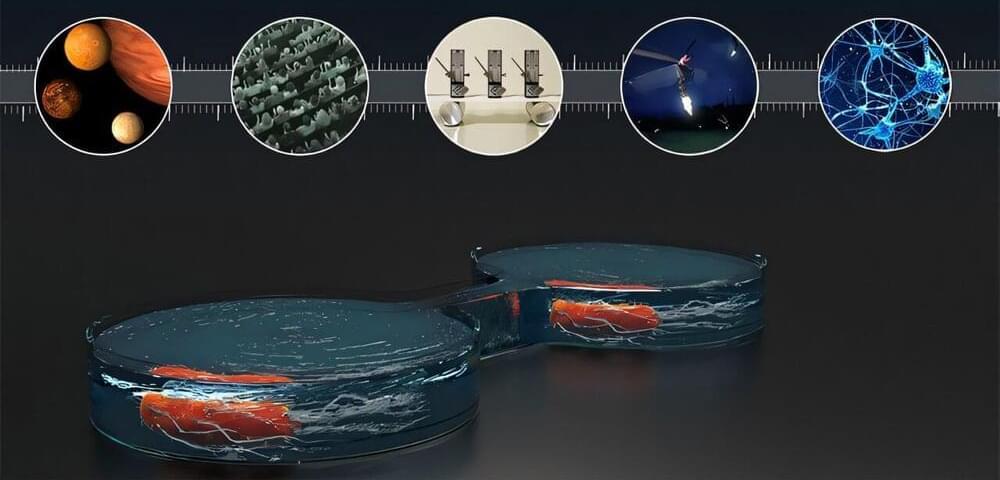
Researchers at TU Delft have discovered that E. coli bacteria can synchronize their movements, creating order in seemingly random biological systems. By trapping individual bacteria in micro-engineered circular cavities and coupling these cavities through narrow channels, the team observed coordinated bacterial motion. Their findings, which have potential applications in engineering controllable biological oscillator networks, were recently published in Small.
An audience clapping in rhythm, fireflies flashing in unison, or flocks of starlings moving as one—synchronization is a natural phenomenon observed across diverse systems and scales. First described by Christiaan Huygens in the 17th century, synchronization was famously illustrated by the aligned swinging of his pendulum clocks. Now, TU Delft researchers have shown that even E. coli bacteria—single-celled organisms only a few micrometers long—can display this same phenomenon.
Continue reading “Tiny dancers: Scientists synchronize bacterial motion” »
Dec 3, 2024
Behavioral chaos in Alzheimer’s disease mice decoded by machine learning
Posted by Shubham Ghosh Roy in categories: biotech/medical, robotics/AI
In a recent study published in the journal Cell Reports, researchers used the machine learning (ML)-based Variational Animal Motion Embedding (VAME) segmentation platform to analyze behavior in Alzheimer’s disease (AD) mouse models and tested the effect of blocking fibrinogen-microglia interactions. They found that AD models showed age-dependent behavioral disruptions, including increased randomness and disrupted habituation, largely prevented by reducing neuroinflammation, with VAME outperforming traditional methods in sensitivity and specificity.
Background
Behavioral alterations, central to neurological disorders, are complex and challenging to measure accurately. Traditional task-based tests provide limited insight into disease-induced changes. However, advances in computer vision and ML tools, such as DeepLabCut, SLEAP, and VAME, now enable the segmentation of spontaneous mouse behavior into postural units (motifs) to uncover sequence and hierarchical structure, offering scalable, unbiased measures of brain dysfunction.

